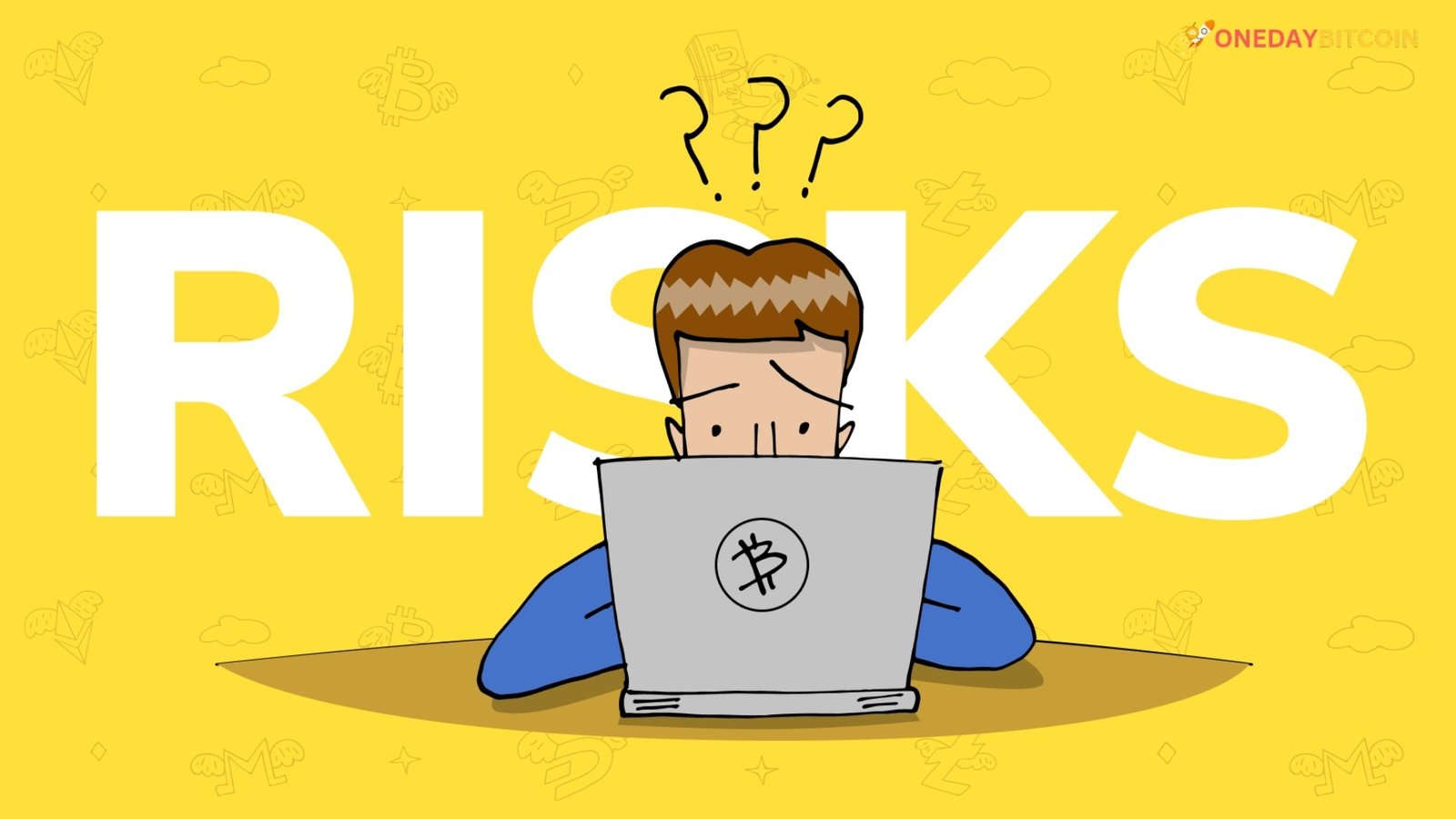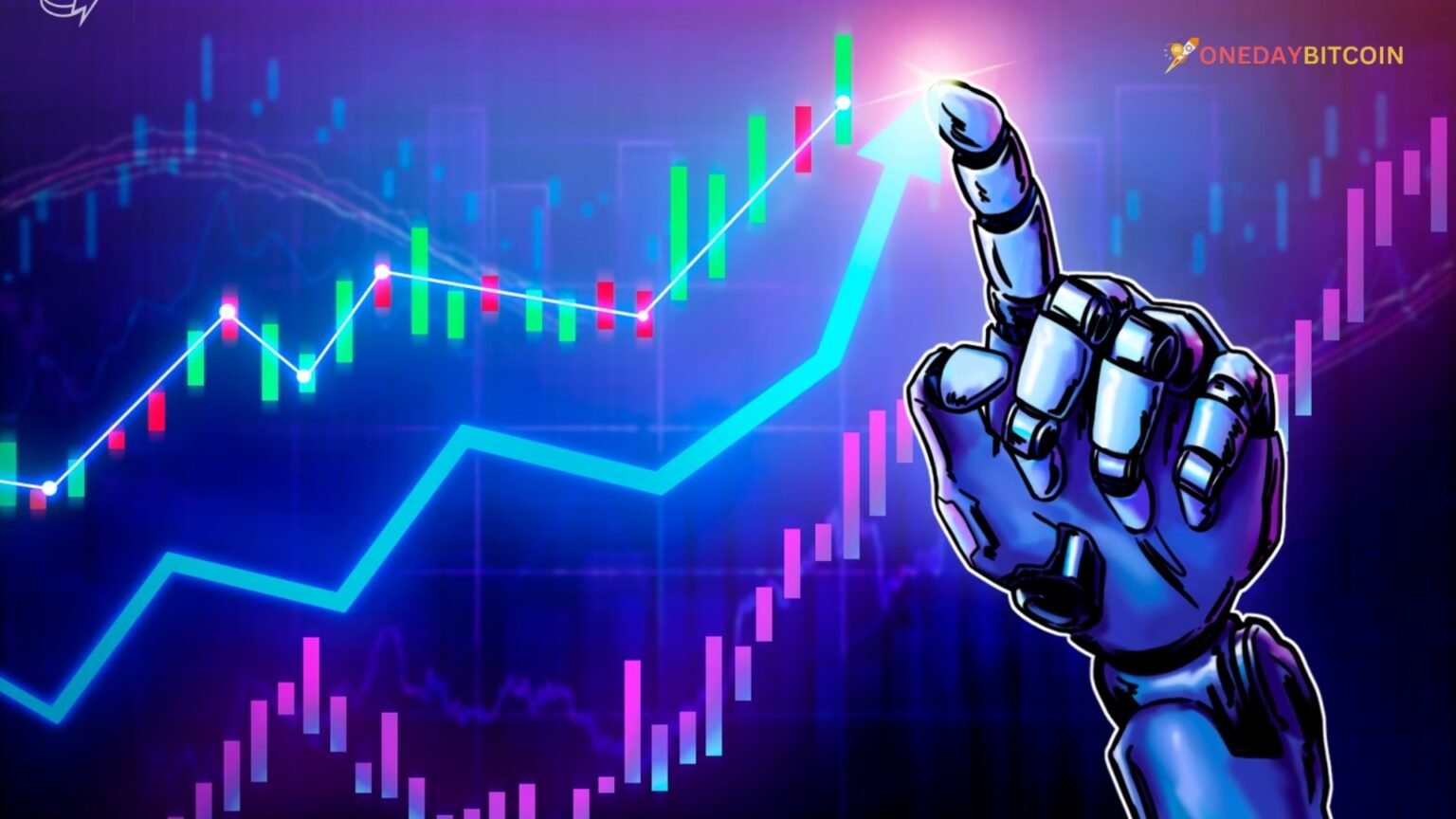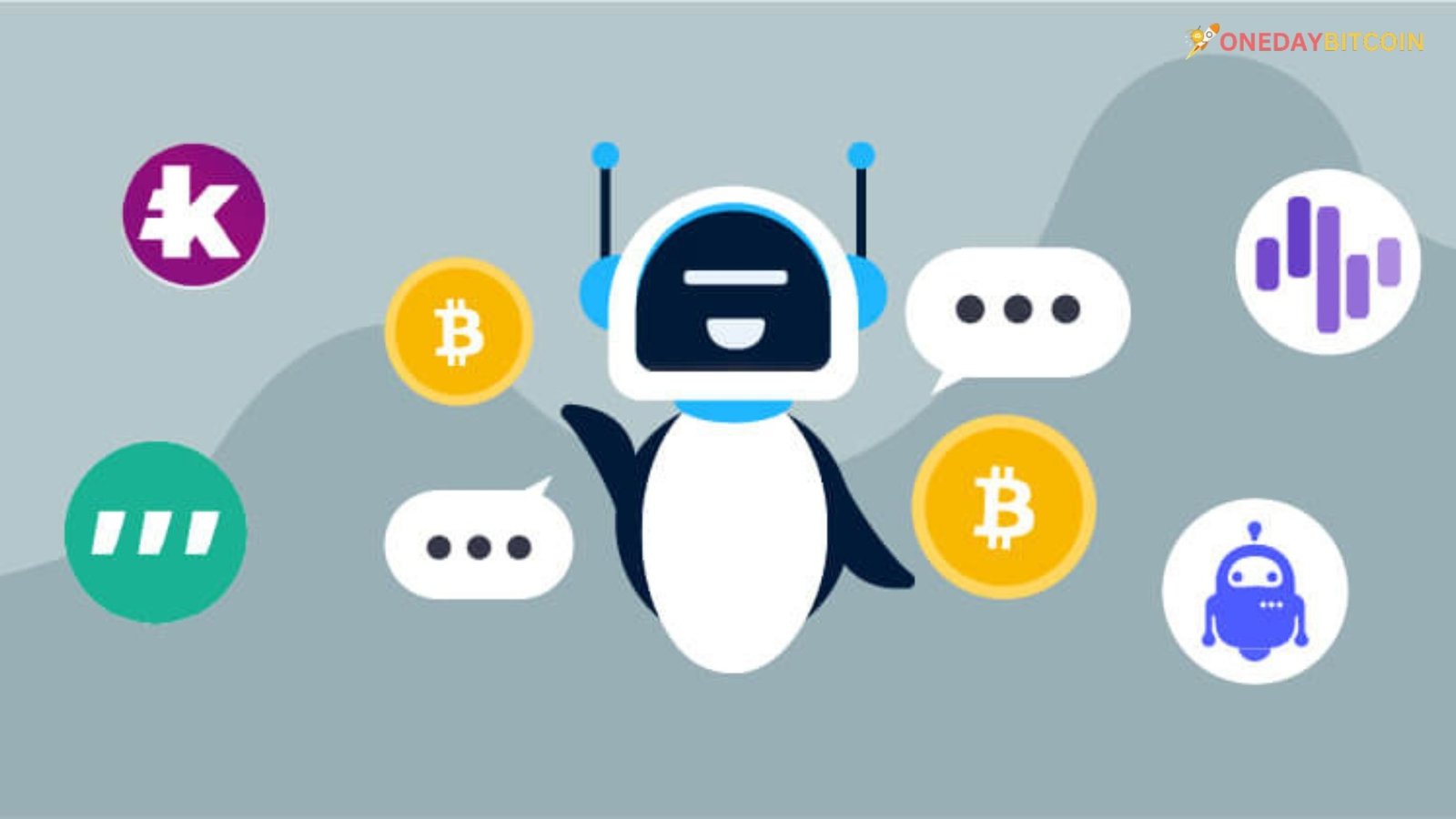Bitcoin Bot Trading: Bitcoin, the world’s first and most popular cryptocurrency, has seen a remarkable evolution since its inception in 2009. As the digital currency ecosystem has grown, so too has the array of tools and strategies available for trading it. One of the most significant advancements in this space is the development of automated trading systems, commonly known as “bots.” In 2024, bitcoin bot trading has become more sophisticated and accessible, offering traders a variety of strategies to optimize their profits in an increasingly complex market. This article delves into the intricacies of bitcoin bot trading, examining its benefits, risks, and key considerations for those looking to get started.
What is Bitcoin Bot Trading?
Bitcoin bot trading involves using software programs that automatically execute trades based on pre-set algorithms or strategies. These bots can analyze market data, identify trading opportunities, and execute buy or sell orders on behalf of the user, often at speeds far beyond human capabilities. The primary goal of using a trading bot is to maximize profits by taking advantage of market inefficiencies, such as price discrepancies or short-term volatility.
Types of Bitcoin Trading Bots
There are several types of Bitcoin trading bots, each designed to implement different strategies. Some of the most common include:
- Market-Making Bots: These bots place both buy and sell orders to profit from the spread between the two. By providing liquidity to the market, they can earn a small profit on each trade, though they must be carefully managed to avoid losses during periods of high volatility.
- Arbitrage Bots: Arbitrage bots exploit price differences across different exchanges. For instance, if bitcoin is trading at a lower price on one exchange than another, an arbitrage bot will buy on the cheaper exchange and sell on the more expensive one, pocketing the difference.
- Trend-Following Bots: These bots are designed to identify and follow market trends. They use technical indicators like moving averages or the Relative Strength Index (RSI) to determine when to enter or exit trades, aiming to capitalize on sustained price movements.
- Scalping Bots: Scalping bots focus on making small profits from minor price changes over short periods. They execute a high volume of trades, aiming to accumulate small gains that add up over time.
- Mean Reversion Bots: These bots operate on the assumption that prices will revert to their historical averages over time. When prices deviate significantly from these averages, the bot will execute trades to profit from the expected return to the mean.
Advantages of Bitcoin Bot Trading
The rise of Bitcoin bot trading can be attributed to several key advantages:
- Speed and Efficiency: Bots can execute trades in milliseconds, taking advantage of market opportunities that may only exist for a brief moment. This speed is particularly valuable in the highly volatile cryptocurrency markets, where prices can change rapidly.
- 24/7 Trading: Cryptocurrency markets operate around the clock, and bots allow traders to stay active even while they sleep. This continuous operation ensures that no trading opportunities are missed.
- Emotionless Trading: One of the biggest challenges for human traders is managing emotions like fear and greed, which can lead to poor decision-making. Bots, however, operate based on logic and predefined strategies, removing emotional biases from the equation.
- Backtesting and Optimization: Before deploying a trading bot, users can backtest their strategies using historical data. This allows them to refine their approach and optimize for better performance without risking real capital.
- Customizability: Many trading bots are highly customizable, allowing users to tailor their strategies to their specific goals and risk tolerance. This flexibility is particularly appealing to experienced traders who have a deep understanding of the market.
Risks and Challenges of Bitcoin Bot Trading
Despite the many benefits, bitcoin bot trading is not without its risks and challenges. Understanding these is crucial for anyone considering the use of automated trading systems:
Market Volatility
While bots can be highly effective in stable markets, extreme volatility can lead to significant losses. For instance, a sudden price drop could trigger a bot to sell at a loss or miss out on a quick rebound.
Technical Failures
Trading bots are software programs, and like any software, they are susceptible to bugs, crashes, or connectivity issues. A technical failure at a critical moment could result in missed trades or unintended orders.
Over-Optimization
Backtesting is a powerful tool, but it can also lead to over-optimization, where a strategy is too finely tuned to past data and performs poorly in real-world conditions. This phenomenon, known as “curve fitting,” can give traders a false sense of security.
Security Risks
Trading bots typically require access to users’ exchange accounts, which poses a security risk. If a bot or its associated platform is compromised, users could lose their funds. It’s essential to use bots with strong security measures and to enable two-factor authentication (2FA) on all accounts.
Regulatory Uncertainty
The regulatory environment for cryptocurrencies is still evolving, and new laws or regulations could impact the use of trading bots. Traders should stay informed about the legal status of automated trading in their jurisdiction.
How to Choose a Bitcoin Trading Bot
Selecting the right Bitcoin trading bot is a crucial step in building a successful trading strategy. Here are some factors to consider:
- Reputation and Reviews: Research the bot’s reputation within the trading community. Look for reviews and testimonials from other users to gauge its reliability and effectiveness.
- Ease of Use: Depending on your level of technical expertise, you may prefer a bot with a user-friendly interface or one that offers advanced customization options.
- Strategy Compatibility: Ensure that the bot supports the strategies you wish to implement. Some bots are better suited for certain types of trading, such as scalping or arbitrage.
- Security Features: Prioritize bots that offer robust security features, such as encrypted communications, secure API key storage, and regular updates.
- Cost and Fees: Consider the bot’s cost structure, including subscription fees, transaction fees, and any other associated costs. Some bots offer free trials, which can be a good way to test their functionality before committing.
The Future of Bitcoin Bot Trading
As technology continues to advance, the future of Bitcoin bot trading looks promising. Artificial intelligence and machine learning are likely to play an increasingly significant role, enabling bots to learn from market data and improve their strategies over time. Additionally, the integration of decentralized finance (DeFi) protocols could open up new opportunities for automated trading as bots gain access to a broader range of financial instruments.
However, with these advancements comes the need for continued vigilance. Traders must stay informed about the latest developments and be prepared to adapt their strategies in response to changing market conditions. The ongoing evolution of the regulatory landscape will also play a critical role in shaping the future of Bitcoin bot trading.
Conclusion
Bitcoin bot trading offers a powerful tool for traders looking to optimize their performance in the dynamic world of cryptocurrency. While the benefits are clear, it is essential to approach bot trading with a thorough understanding of the risks involved. By carefully selecting the right bot, continuously monitoring its performance, and staying informed about market and regulatory changes, traders can harness the full potential of automated trading in 2024 and beyond.




